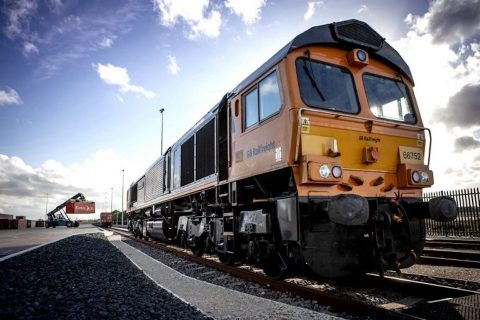UK Freightliner goes large for aggregates…again

The UK operator Freightliner, part of the American-owned Genesee & Wyoming corporation, has successfully completed a trial running of another ‘Jumbo’ aggregates service between the Peak District and London for customers Tarmac. At nearly 4000 tonnes, the train is the heaviest ever on the working and the route.
Do you want to read the full article?
Thank you for visiting RailFreight.com. Become a member of RailFreight Premium and get full access to all our premium content.
Are you already a member?
Having problems logging in? Call +31(0)10 280 1000 or send an email to customerdesk@promedia.nl.




